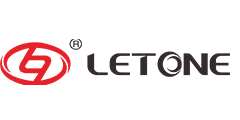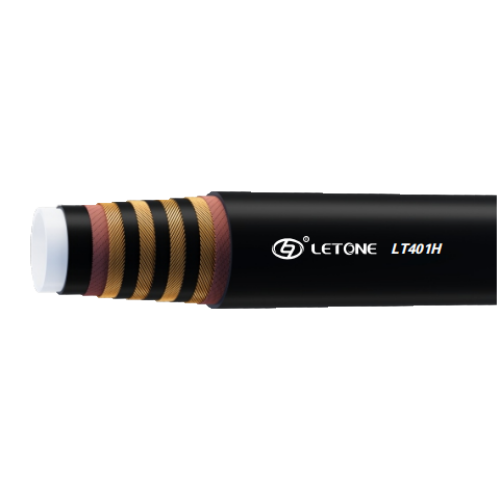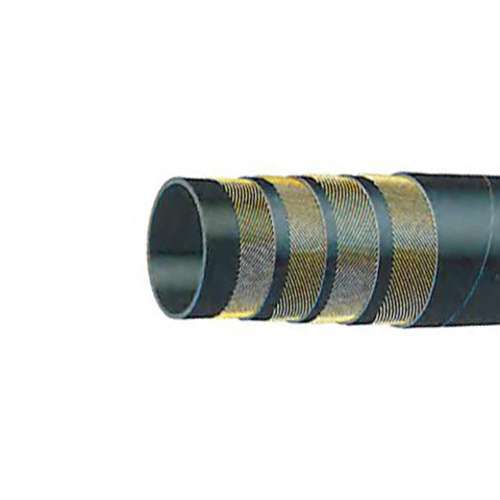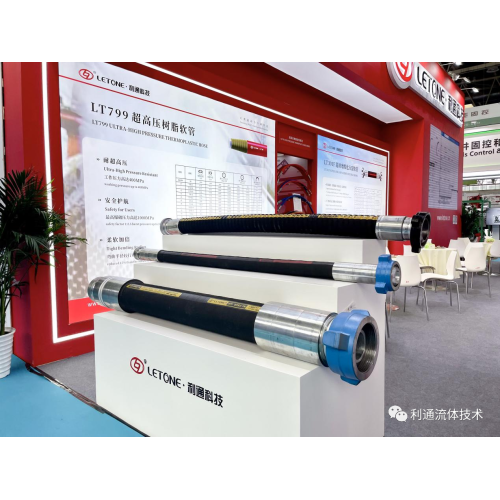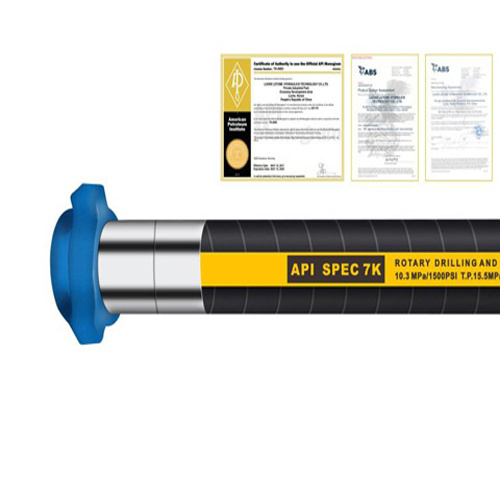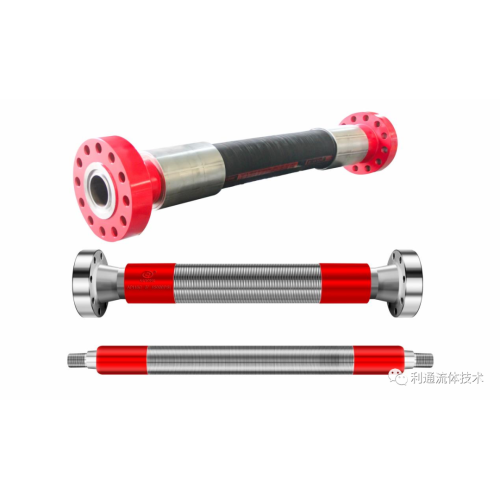Including appearance, epoxy value and epoxy equivalent weight, hydroxyl value, chlorine content, softening point, viscosity, volatile matter, heat distortion temperature, average relative molecular mass and its distribution, etc. These indicators directly affect the process performance and the physical and mechanical properties of the cured product. performance.
(1) Appearance The appearance is the external reflection of the intrinsic quality, mainly referring to the color, state, etc.
(2) Epoxy equivalent and epoxy value
Epoxy equivalent weight (EEW) is the mass of an epoxy resin equivalent to an epoxy group, or the mass of an epoxy resin containing one epoxy group.
Expressed in g/eq EEW=relative molecular mass of epoxy resin/number of epoxy groups
The epoxy value indicates the equivalent number of epoxy groups contained in 100 g of epoxy resin. Epoxy value=100/EEW is expressed in eq/100g. The greater the epoxy value,
The lower the molecular weight, the lower the viscosity. Epoxy equivalent is commonly used in foreign countries, while China is accustomed to use epoxy value, epoxy value (or epoxy equivalent) is epoxy
The important quality index of the resin, which determines the amount of curing agent and the performance of the cured product.
(3) Hydroxyl Value and Hydroxyl Value The hydroxyl value represents the number of moles of oxygen radicals contained in 100 g of epoxy resin, and the hydroxyl value represents the mass of epoxy resin containing 1 mol of hydroxyl value.
The relationship between them is: hydroxyl value = 100 / hydroxyl value. The hydroxyl value is also an indicator of the amount of curing agent used.
(4) Chlorine content This shows the number of moles of chlorine contained in 100 g of epoxy resin. Chlorine is made of inorganic chlorine and non-hydrolyzable chlorine (inactive chlorine) in epoxy resins. Inorganic chlorine is
Residues of sodium chloride by-products of the removal of 1,2-chloroalcohol ether in the presence of sodium hydroxide. The post-treatment process was measured with inorganic chlorine. Hydrolyzable
(Organic) Chlorine is a residual chlorine radical due to insufficient dehydrochlorination of 1,2-chlorohydrin ether, and it is called hydrolyzable chlorine because it is easily hydrolyzed by trace amounts of moisture.
The content of hydrolyzable chlorine is a very important characteristic index of epoxy resin, which directly affects the curing behavior of the epoxy resin and the properties of the cured product.
Hydrolyzable chlorine can form complexes with amine curing agents to reduce activity. Hydrolyzable chlorine affects the formation of linear polymers and increases the brittleness of the cured product
Large, impact strength decreased. Hydrolyzable chlorine is more active and is hydrolyzed into HCL by trace amounts of water, which affects insulation and causes corrosion. At the same time, after hydrolysis
An extra hydroxyl group reduces the water resistance and adhesive strength. Therefore, the hydrolyzable chlorine content of the epoxy resin must be strictly controlled by advanced countries.
The index <= 0.1%, China <=0.7% corresponds to <=0.02 mol/100g. High-purity electronic grade epoxy resin requirements <= 0.03%
(5) Viscosity The viscosity of epoxy resin is an important indicator related to the use process, and the viscosity varies with temperature. Commonly used rotational viscometer, cup viscometer, falling ball viscometer for determination (detailed method will be mentioned in the chemical analysis)
(6) Softening point The temperature at which a solid epoxy resin becomes soft or sticky is called the softening point and generally increases with the relative molecular mass of the epoxy resin. The universal method is used to determine the softening point of the epoxy resin.
